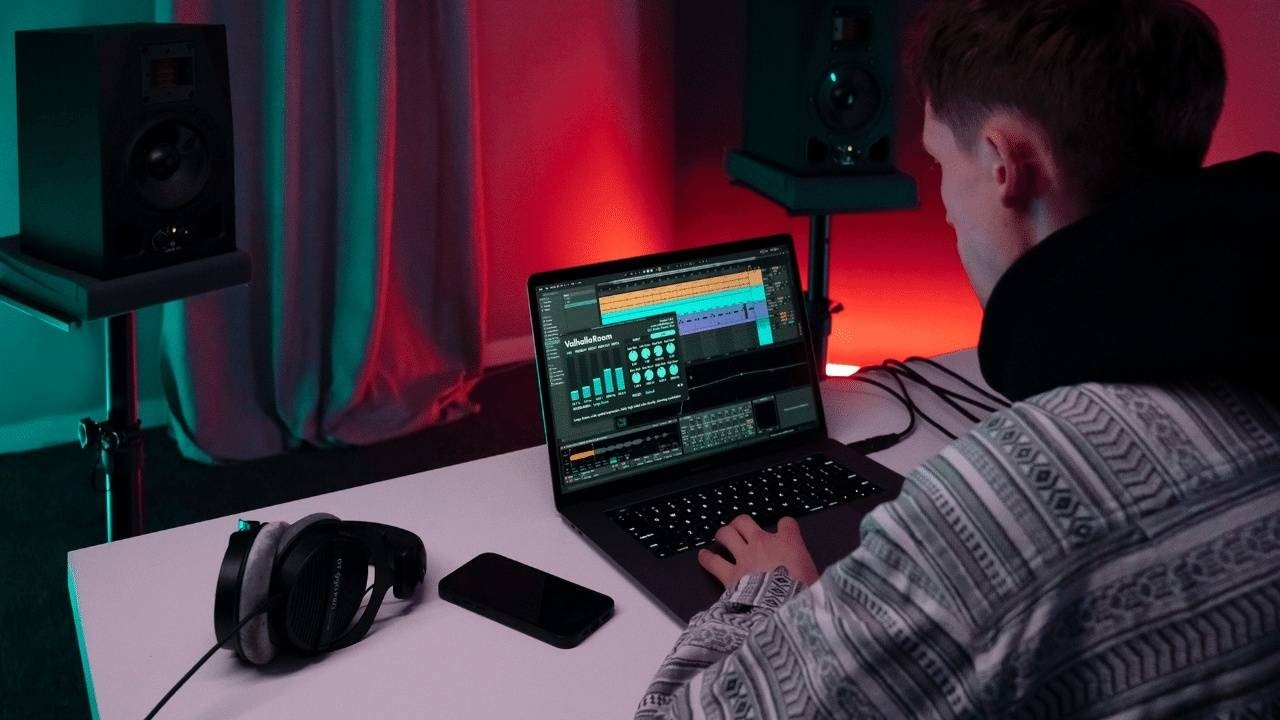How to Make Electronic Music for Beginners

So, you want to make electronic music? Awesome! Making electronic music requires patience, practice, and dedication. But with a little bit of effort and perseverance, you can create your own unique tracks. Before getting started, keep in mind that producing electronic music isn’t something that will happen overnight. You need to cultivate a love for the process and learn how to focus on what you enjoy instead of everything else that comes with creating it. Even if you don’t have any musical training or experience playing an instrument, writing songs isn’t as difficult as one might believe. The right songwriting tips will get you started without much trouble. In this article, you’ll discover everything from basic steps to more advanced techniques to help you succeed in your endeavors as an electronic musician and producer.

Choosing your DAW Software
The first thing you’ll need to do is choose a DAW or Digital Audio Workstation. There are tons of different software programs that have different features and options, so choose one that’s right for your needs. Some DAWS have more expansive add-on sounds and features than others, which will ultimately help you decide which one is best for you. An important consideration when looking for a DAW software is what type of audio interface you want to use with the software. If you plan on producing electronic music, it’s recommended that you purchase a sound card as they provide better quality audio outputs and the ability to record microphones with traditional XLR inputs. Some other things to consider before beginning are how much time you want to invest in learning the DAW software and how long it will take until your work has reached an appropriate level of maturity. It will also help if you know what genre of electronic music you want to produce before downloading any software or becoming motivated enough to start producing tracks.
Emulating your influences
If you want to make electronic music, you need to know what your influences are. This can be difficult because it’s tough to get a grasp on the genres of electronic music. You may find that some artists have more in common with you than others. So, how do you decide who your primary influences are? One option is to listen to songs from each genre and then identify which artists from each genre you enjoy the most. In other words, use this as a starting point for discovering your own musical voice. For example, if you enjoy listening to mixed-genre tracks, then you should try and emulate artists like Daft Punk or Justice. If you love EDM, try and copy Skrillex or Deadmau5. If you like electro house, go for Swedish House Mafia or Oliver Heldens. Keep in mind that there are many different methods of sound design--you don't have to stick with one instrument or sound palette throughout your songwriting process. It's very easy to change things up when writing a song so that it has fewer repetitions and familiar patterns while still maintaining the track's overall identity.

Learning to make beats
First, it’s important to understand what a beat is. A beat is the pattern of sounds you make in order to create music. Beats can be made with any instrument or even with your voice. Beats provide a rhythm with variation over time. If an artist tried to make a song without beats, it would feel like a completely different genre of music. The most basic way an artist creates a beat is by clapping hands, but this method doesn’t offer much variety. It’s best to try different things so you can find what works for you. Listen to the artists that inspire you and see if you can hear some aspect of the beat that stands out to you whether it’s the rhythm or the sound of the virtual drum kit and drum samples they use.
Learning to arrange music
Once you have started creating some simple beats and loops that you like, you will need to start thinking about linking these parts together or even writing new parts to provide contrast for your song. If your song is just one part looping over and over again it will get boring really quickly. Listen to your favorite songs and see if you can identify these 3 different sections: verse, chorus and bridge or intro/breakdown, build and drop. The verse or intro/breakdown will be the main beginning part, the pre-chorus or build will help to build tension for the chorus or drop which will be the exciting and memorable main part of the song. Try to emulate what happens to the instruments during those sections.

Learning to mix music
One of the most important steps to becoming a good electronic musician is learning how to mix and EQ your music. There are many different types of mixing and mastering plugins that you can use in tandem with your DAW to help with this. Learning to work on the sound and improve it over time will make you better at mixing in general, not just electronic music. Before starting any project, take some time to prepare: write down what you want from the song, learn how to use your software, and practice putting together songs. If you do all of these things before beginning work on your track, you’ll be able to focus on making a great song instead of trying to figure out why it isn’t sounding right.
Conclusion
Electronic music is fairly easy to get started if you have a computer, DAW software, and some decent headphones. Everything is emulated in the virtual environment from instruments to mixing boards and effects. Research and find a DAW that meets your needs and budget.

Futch - Music Production Coach, Ableton Certified Trainer
Learn How To Make Music Using Ableton Live with my FREE online course





